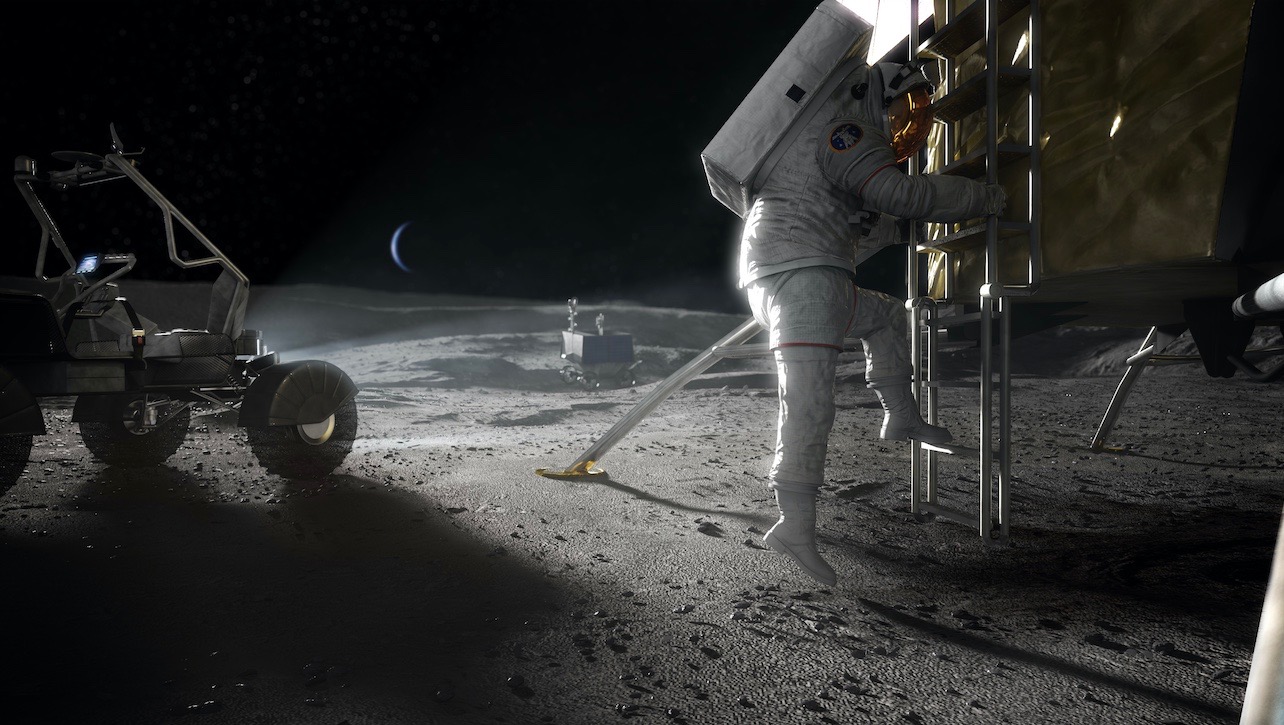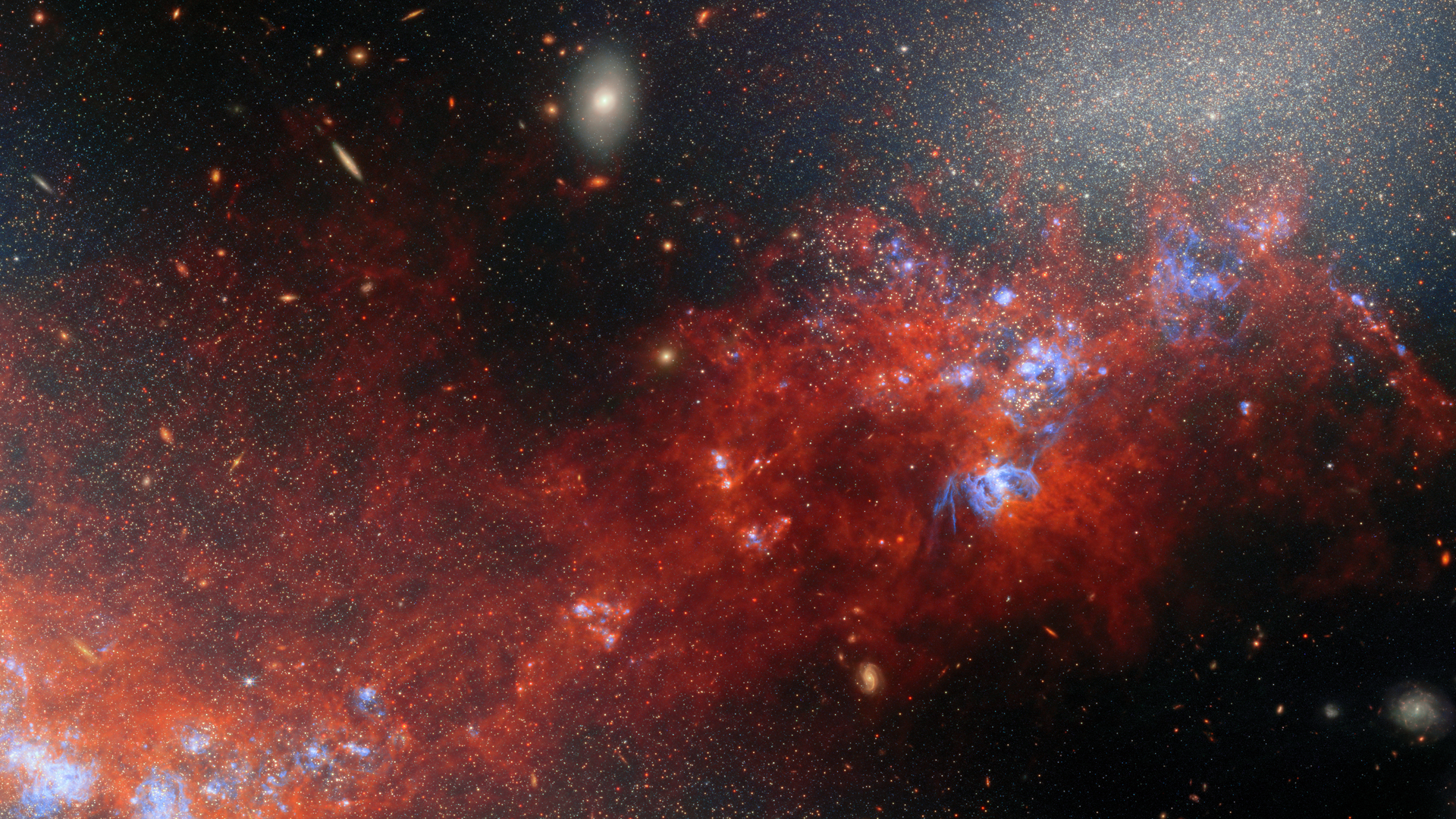NASA splits human spaceflight directorate into two new branches

NASA is reorganizing its human spaceflight office, a move the agency believes will aid its push to put boots on the moon and Mars.
The space agency announced today (Sept. 21) that it's splitting the current Human Exploration and Operations Mission Directorate (HEOMD) into two new entities: the Exploration Systems Development Mission Directorate (ESDMD) and Space Operations Mission Directorate (SOMD).
"This reorganization positions NASA and the United States for success as we venture farther out into the cosmos than ever before, all while supporting the continued commercialization of space and research on the International Space Station," NASA Administrator Bill Nelson said in a statement. "This also will allow the United States to maintain its leadership in space for decades to come."
Home on the moon: How to build a lunar colony (infographic)
ESDMD will be responsible for the development of systems and technology critical for NASA's Artemis program, which aims to land astronauts on the moon in the next few years and establish a sustainable human presence on and around Earth's nearest neighbor by the end of the 2020s.
ESDMD will also map out NASA's broader "Moon to Mars" exploration strategy, of which Artemis is an integral part, agency officials said. (NASA aims to land humans on Mars in the 2030s, by leveraging the skills and techniques learned during the Artemis moon effort.)
SOMD, meanwhile, will be in charge of crewed launches and ongoing human spaceflight operations, including activities on the International Space Station and the commercialization of low Earth orbit, a NASA priority over the coming years. SOMD will also be responsible for crewed operations on and around the moon once they get up and running.
Breaking space news, the latest updates on rocket launches, skywatching events and more!
"Creating two separate mission directorates will ensure these critical areas have focused oversight teams in place to support and execute for mission success," NASA officials wrote in the same statement. "This approach with two areas focused on human spaceflight allows one mission directorate to operate in space while the other builds future space systems, so there is a constant cycle of development and operations to advance NASA's goals in space exploration."
Kathy Lueders, the current head of HEOMD, will lead SOMD. ESDMD will be helmed by Jim Free, who has held a number of NASA leadership positions over the years. From 2013 to 2016, for example, he was director of NASA's Glenn Research Center in Ohio. And from 2016 to 2017, he served as Deputy Associate Administrator for Technical at HEOMD.
NASA will implement the restructuring over the next few months. The changes will not alter any missions or the roles played by agency research centers, NASA officials said.
The splitting of HEOMD is a return to the way things used to be at NASA. In 2011, the agency created HEOMD by combining the Space Operations and Exploration Systems mission directorates.
Mike Wall is the author of "Out There" (Grand Central Publishing, 2018; illustrated by Karl Tate), a book about the search for alien life. Follow him on Twitter @michaeldwall. Follow us on Twitter @Spacedotcom or Facebook.

Michael Wall is a Senior Space Writer with Space.com and joined the team in 2010. He primarily covers exoplanets, spaceflight and military space, but has been known to dabble in the space art beat. His book about the search for alien life, "Out There," was published on Nov. 13, 2018. Before becoming a science writer, Michael worked as a herpetologist and wildlife biologist. He has a Ph.D. in evolutionary biology from the University of Sydney, Australia, a bachelor's degree from the University of Arizona, and a graduate certificate in science writing from the University of California, Santa Cruz. To find out what his latest project is, you can follow Michael on Twitter.
